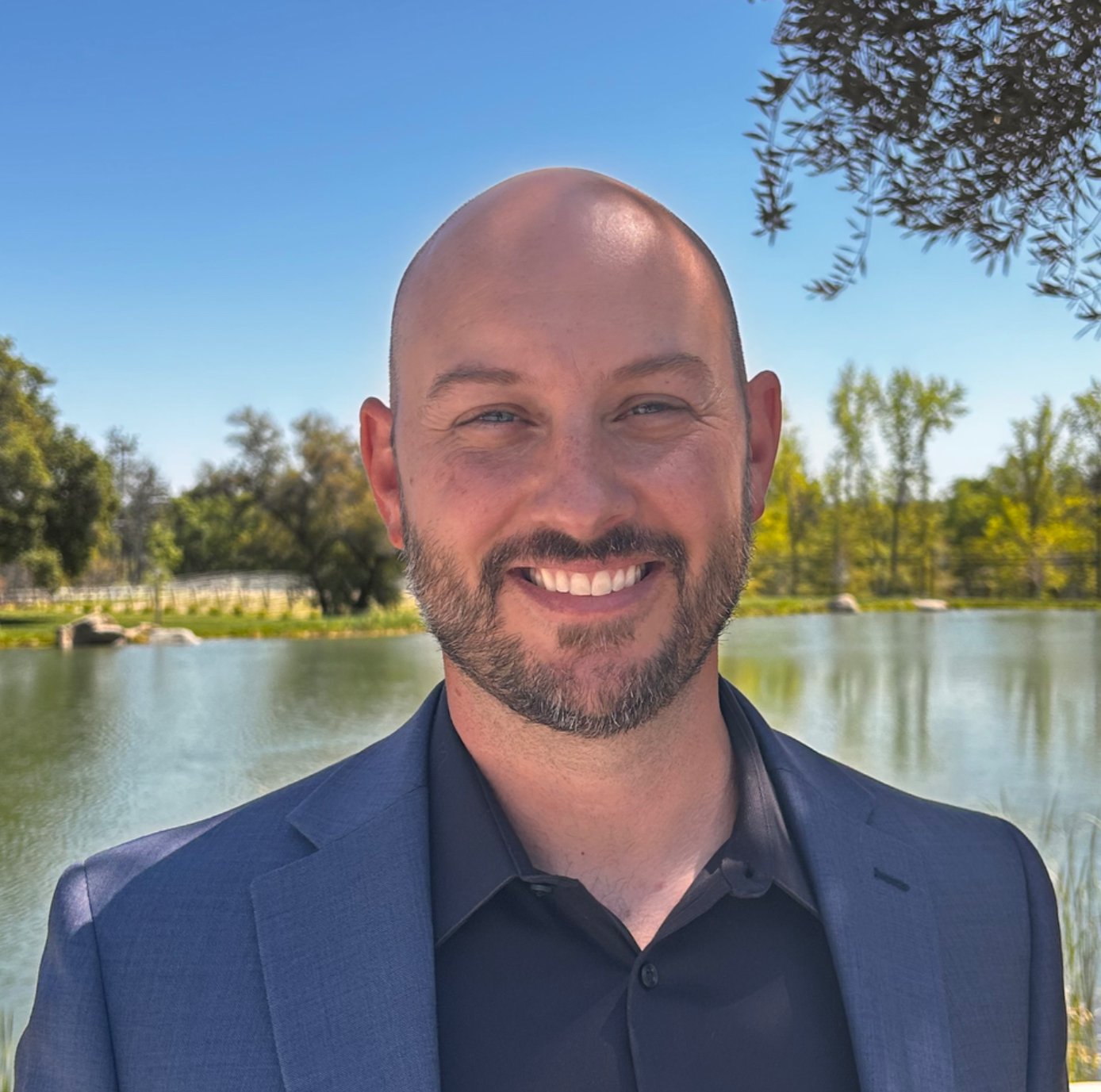How to Protect a $100,000 Produce Load: Cold-Chain Risk Tactics
- Brian McBrayer

- Oct 23
- 4 min read
Updated: Oct 31
In the freight world, not all loads carry the same weight literally or financially. As our partner, Brian Leadingham, explained on a recent episode of the "Freight Agent Insider" podcast with host Levi Van Pay, the stakes in the produce niche are uniquely high, demanding a level of discipline far beyond standard brokerage operations.
"Claims are extremely high" in produce, Brian noted, and "can be a killer for any brokerage." The value of a single trailer isn't uniform; it can swing dramatically from "$16,000" for a load of hearty potatoes to "over $100,000" for delicate berries or avocados during peak season.
For these high-value, highly perishable commodities like "strawberries... basically any the berry category," or seasonal "cherries" there is absolutely zero room for error. A slight temperature deviation, a delay, or mishandling can result in a full rejection. Protecting this freight isn't just a "value-add"; it's the fundamental requirement of the job.
Based on Brian's insights from living and breathing produce logistics, here are the core risk-management tactics Lone Cypress Logistics employs strategies that are non-negotiable for any brokerage serious about succeeding in the cold chain.
1. Survive the "Factoring Wall" – The First Test of Stability
Before you can even think about vetting carriers for a $100k load, a new brokerage must prove its own financial stability. Brian highlighted the often-overlooked "Factoring Wall" as the critical hurdle "we really didn't see coming" when starting the company.

Because new brokerages "don't have the credit" history, the factoring companies (which most carriers are required to use) will only extend "a minimal amount of credit, say like 10, $15,000." For a brokerage aiming to move high-value produce, Brian stated bluntly, "that's two loads." This credit limitation makes it incredibly "difficult to scale" safely.
Our solution was strategic patience: we "didn't grow in the first year by design." We spent that crucial time methodically "establish[ing]... credit" and leveraging deep industry relationships to get "vouch[ed]" for. Building this financial foundation is the prerequisite for responsibly handling high-value freight.
2. Implement a Multi-Layer Vetting Process
You cannot manage risk without rigorously managing your carrier network. A single vetting tool isn't enough. We employ a three-layer process specifically designed for the cold chain:
The Tech Foundation: We start with industry-standard tools like Carrier 411 and Descartes MyCarrierPackets to verify authority, insurance, safety ratings, and check for red flags like freight guards.
The "Test Load" Protocol: Critically, we tier our freight based on risk. As Brian explained, "We don't start you off on a berry load." A carrier new to Lone Cypress receives "a lower value load to start," such as less perishable items like potatoes or onions. We meticulously "test them out, see how they do" regarding communication, tracking, and adherence to temperature protocols. Only after they consistently check all the boxes do they "start moving... to some of the more high high value loads."
The Experience Filter: The "Gut Check": Technology and process are essential, but experience provides the final, crucial filter. When scrambling to cover a last-minute load, especially off a load board, the data might look okay, but instinct matters. "If it doesn't quite feel right, we just we don't do it," Brian stressed. If you find yourself "trying to convince yourself that this carrier is going to be okay... it's probably not the right call." Trusting that experienced intuition has saved countless loads.

3. Know Your Customer's Risk Profile (and Your Own)
Just as we vet carriers, we assess customer risk. Brian cautioned that if onboarding a new customer "happens really quickly and it seems easy," it warrants extra diligence. "Maybe there's a reason why they're always looking for new... brokers."
We use niche-specific tools like Blue Book to evaluate a potential produce customer's "credit rating, days to pay, [and] a loose financial status." This ensures we partner with stable, reputable companies, protecting our own financial health and ensuring a mutually beneficial relationship.

4. Embrace the Strategic Loss
Sometimes, the only way to truly mitigate risk is to prioritize the long-term relationship over the short-term margin. If the only available capacity for a critical load comes from an unproven or slightly questionable carrier, the right decision is often the harder one.
We will "raise the price, get a better carrier and potentially lose on that load," Brian stated. Why? Because "we're not going to get rich or broke off of one... load." Taking a calculated financial loss to "cover it with the kind of carrier that you feel you can trust" is an investment in service integrity and customer trust. It's the "opportunity... to prove myself" and demonstrate that protecting the shipper's product and reputation is our top priority.
These tactical, process-driven controls aren't just best practices; they are the essential pillars of a sustainable cold-chain brokerage. To understand how this rigorous risk management system integrates into our complete operational blueprint for brokerage growth, explore our definitive guide: The Complete Blueprint: How to Build a Sustainable Freight Brokerage.
Listen to the full episode with Levi Van Pay on the "Freight Agent Insider" podcast to hear more insights from Brian Leadingham on navigating the high-stakes produce niche and building a brokerage from the ground up.
Move your perishable freight with a partner who understands and actively manages the risk.
📧 Email: sales@lonecypresslogistics.com
📞 Phone: (833) 317-5517
📍 MC Number: 1395266
Sales: Brent Walter
Join Our Team: Brian McBrayer
About the Author
Brian McBrayer is the Director of Business Development for Lone Cypress Logistics. With a proven background in sales leadership and scaling successful businesses across multiple industries, Brian is now focused on applying those same process-driven growth principles to the company's freight solutions. Connect with Brian on LinkedIn.





Comments